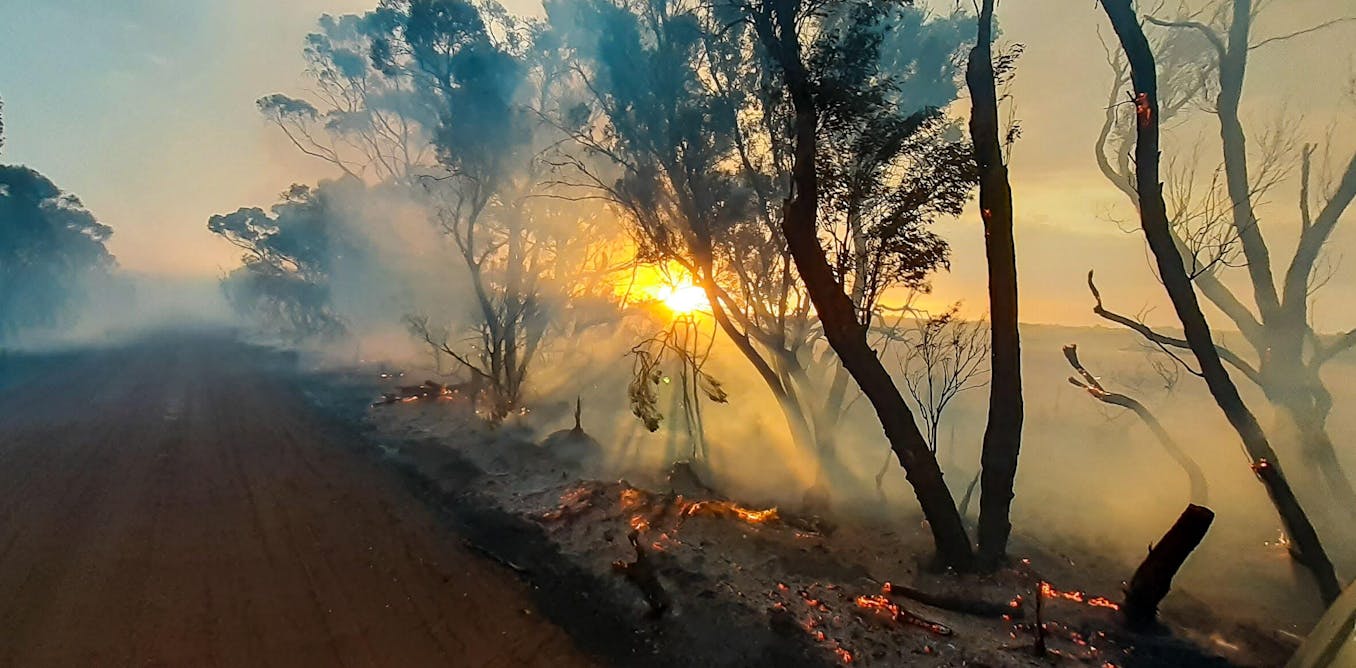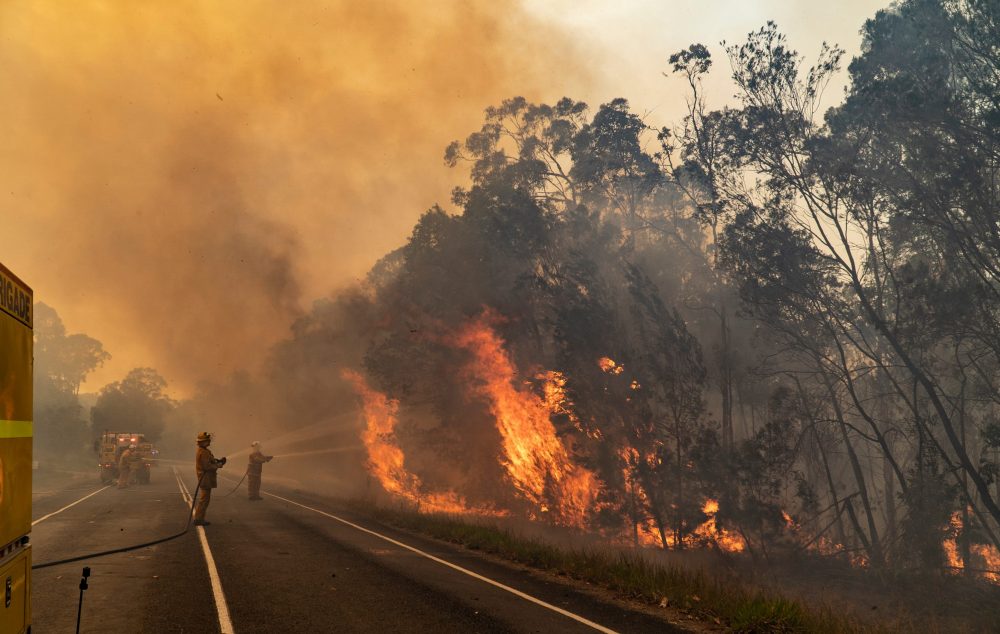BAL Report Fundamentals: Essential Information for Property Owners
BAL Report Fundamentals: Essential Information for Property Owners
Blog Article
Significance of BAL Report in Ensuring Bush Fire Security
In the realm of bushfire defense, the value of a Bushfire Strike Degree (BAL) report can not be overstated. This important paper works as a fundamental device in examining the prospective threat a building might face throughout a bushfire and plays a crucial duty in establishing the essential safety procedures to protect lives and homes (BAL Report). The real value of a BAL record expands beyond a simple analysis; it acts as a leading light for residential or commercial property owners and authorities alike, offering understandings right into boosting building strength and making sure effective fire defense.
Understanding Bushfire Assault Degrees
The understanding of Bushfire Assault Degrees is essential for analyzing the potential danger and effect of bushfires on a home. Bushfire Assault Levels (BAL) are a means of determining the extent of a structure's potential exposure to ember assault, convected heat, and direct flame contact in a bushfire. Recognizing the different BAL classifications is essential for residential property owners, architects, and contractors in creating and creating buildings that are more resilient to bushfires.
By comprehending these levels, property owners can make enlightened choices regarding bushfire protection procedures, such as setting up cinder guards, using fire-resistant structure materials, and keeping clear defensible area around the property (BAL Report). Generally, a thorough understanding of Bushfire Strike Levels is important for reliable bushfire preparation and protection.
Analyzing Residential Property Danger Levels
After comprehending the implications of Bushfire Strike Levels, the following essential action is evaluating the danger degrees connected with individual residential or commercial properties. Examining home threat levels includes a comprehensive analysis of different aspects that can influence the vulnerability of a residential property to bushfires. These elements consist of the proximity of the home to bushland or plant life, the kind and problem of surrounding plants, the incline and aspect of the land, prevailing weather, and the presence of combustible products near the residential property.
Building risk evaluations are crucial in figuring out the degree of bushfire protection steps that need to be carried out to guard the home and its passengers. By precisely evaluating the risk levels, home owners can make informed decisions relating to bushfire avoidance techniques, such as greenery management, building design modifications, and the installation of fireproof materials. Additionally, property threat assessments play a crucial function in the development of emergency situation reaction plans and evacuation treatments in case of a bushfire.
Carrying Out Protective Measures
Upon finishing property threat evaluations, the next vital stage involves the execution of safety actions to improve bushfire protection. Executing protective measures is essential for guarding properties and ensuring the safety and security of people during bushfire occasions. These procedures can include mounting cinder guards on home windows and doors, making use of fireproof building products for building and construction, developing and preserving a clear defensible space around the building, and having a appropriate and easily accessible water source for firefighting objectives. Furthermore, it is critical to create and practice an in-depth bushfire emergency situation plan with all residents to make sure swift and coordinated actions in instance of a bushfire threat.
Regular maintenance of protective actions is equally essential to ensure their efficiency throughout a bushfire. This consists of frequently evaluating and fixing coal guards, conducting vegetation management to reduce fuel lots, and testing firefighting equipment such as pumps and tubes. By diligently executing and maintaining these safety procedures, residential check this property proprietors can substantially increase their strength to bushfires and lessen possible damage and loss.

Enhancing Property Resilience
Enhancing building resilience against bushfires hinges on the positive execution and upkeep of protective steps intended at strengthening defenses and minimizing potential risks. Building proprietors can boost resilience by creating and preserving defensible areas around their properties. This consists of routinely removing dry plants, maintaining a well-irrigated garden, and having a calculated design that minimizes the danger of fire spread. In addition, mounting ash guards on vents and home windows, utilizing fire-resistant building materials, and guaranteeing appropriate maintenance of roofing systems and gutters can dramatically enhance a property's capacity to withstand a bushfire.
Education and learning and readiness also play a crucial function in improving home resilience. Homeowner should create and practice a bushfire emergency plan, conduct normal fire drills, and make certain all citizens know just how to respond in situation of a bushfire. Staying notified concerning fire risk ratings, climate conditions, and discharge routes is important for making timely choices to secure life and residential property. By taking proactive steps, residential property proprietors can significantly boost the resilience of their residential or commercial properties against the threat of bushfires.

Making Sure Reliable Fire Defense
Carrying out durable fire security measures is vital for safeguarding residential properties against the destructive influence of bushfires. Guaranteeing reliable fire defense entails a combination of aggressive techniques and adherence to pertinent laws. One essential element of reliable fire defense is the application of ideal landscaping techniques. This hop over to here includes maintaining a defensible room around the residential property by clearing combustible vegetation and producing website here firebreaks. Additionally, setting up fire-resistant materials on the residential property, such as fireproof roof covering and ember-proof screens on windows, can substantially lower the danger of fire damage.
Furthermore, having an emergency situation reaction strategy in position is essential for ensuring reliable fire protection. This strategy needs to lay out emptying treatments, communication methods, and designated conference factors for homeowners. Normal training and drills should additionally be performed to guarantee that all residents are prepared to respond swiftly and securely in the occasion of a bushfire.
Verdict
In final thought, the BAL report plays an essential duty in making certain effective bushfire defense by examining residential or commercial property threat levels, executing protective measures, and boosting residential or commercial property strength. Understanding Bushfire Assault Degrees is essential in figuring out the degree of danger a residential property deals with during a bushfire.
By recognizing these degrees, home owners can make enlightened choices concerning bushfire security actions, such as mounting cinder guards, utilizing fireproof building materials, and preserving clear defensible space around the residential property. Examining home danger degrees includes a detailed analysis of various elements that can influence the sensitivity of a residential or commercial property to bushfires.Home risk analyses are necessary in figuring out the level of bushfire security steps that require to be carried out to safeguard the residential or commercial property and its occupants. By taking aggressive steps, home owners can significantly raise the durability of their properties versus the risk of bushfires.
In conclusion, the BAL report plays an important role in making certain efficient bushfire defense by evaluating property danger degrees, executing safety steps, and boosting residential property resilience. (BAL Report)
Report this page